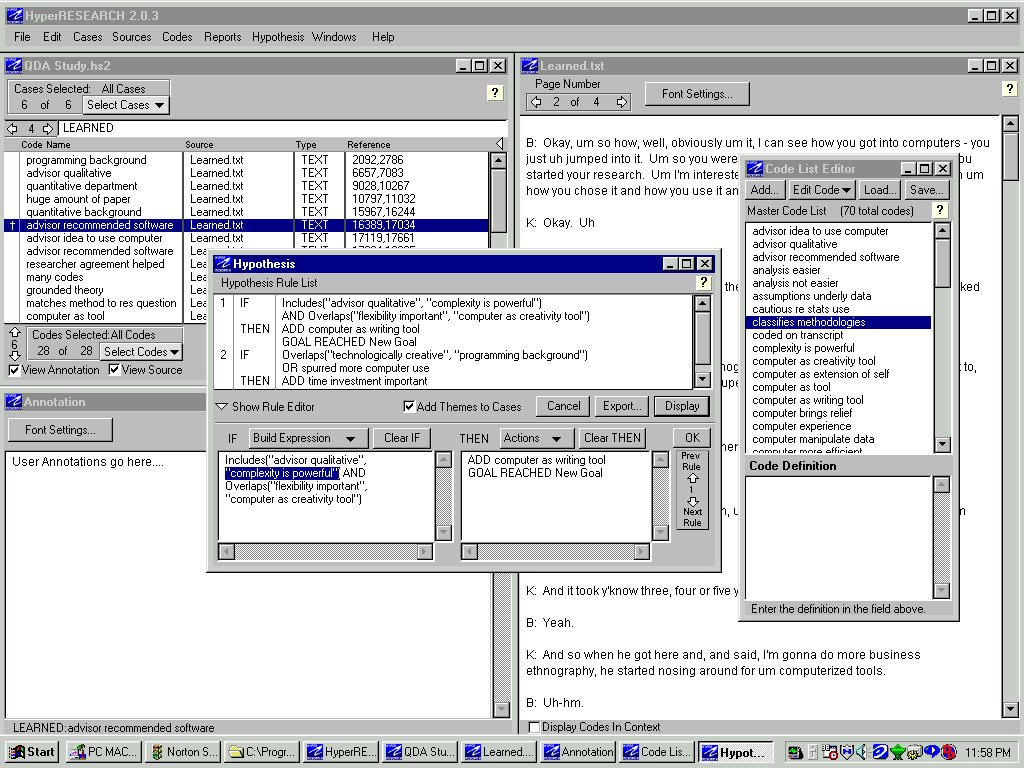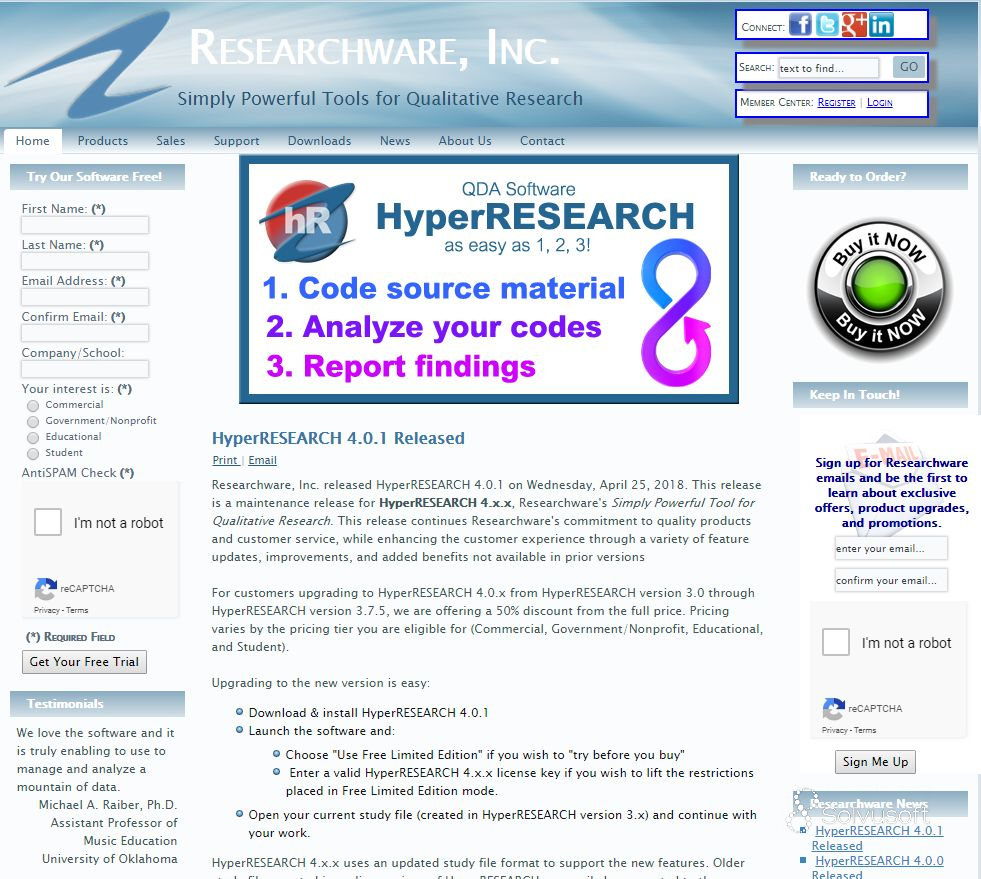
Still, the final purchase price of AMFm QAACT was substantially lower than non-AMFm equivalents. Results from this study indicate that the AMFm has not fully achieved its affordability and crowd-out objectives. The three top-selling anti-malarials reported for both urban and rural areas in each country were, with the exception of rural Uganda and urban Nigeria, combination therapies. Government recommendation was the most significant factor influencing anti-malarial stock choices in urban (41.5%) and rural (31.9%) outlets. Market penetration of AMFm QAACT in both urban and rural areas was high, although stock-outs of both AMFm and non-AMFm products were more common in rural compared with urban outlets in Ghana and Kenya (p = 0.0013). ResultsĪMFm medications were less expensive than their non-AMFm counterparts, yet prices for both types were above country-specific suggested retail prices. Questionnaires were administered at private retail outlets and the data were analyzed to assess within- and between-country differences in QAACT price, availability, and popularity. The study was conducted between April and May 2012 and included interviews with personnel in 598 private pharmaceutical outlets in Ghana, Kenya, Nigeria, Tanzania, and Uganda.



The objective of this study was to assess anti-malarial stock and purchase patterns at private outlets in five AMFm Phase 1 countries in regard to three of the core AMFm goals: increase the affordability of QAACT, increase the availability of QAACT, and crowd out artemisinin monotherapies and other substandard therapies. AMFm Phase 1, which includes nine pilot programmes in eight countries, was launched in 2009. In 2009, the Global Fund to Fight AIDS, Tuberculosis and Malaria established the Affordable Medicines Facility-malaria (AMFm) in order to increase access to quality-assured artemisinin combination therapy (QAACT).


 0 kommentar(er)
0 kommentar(er)
